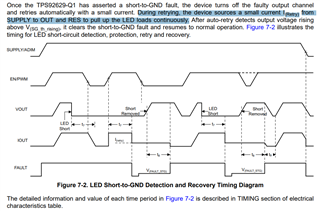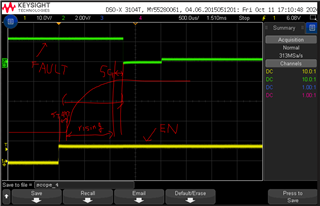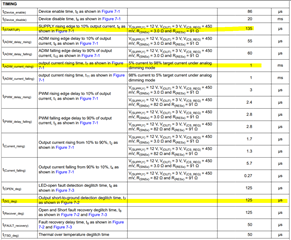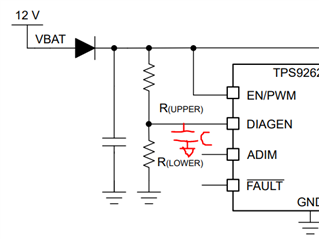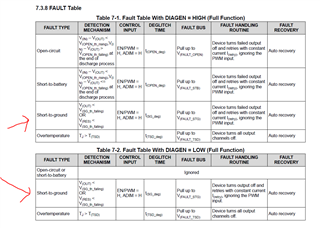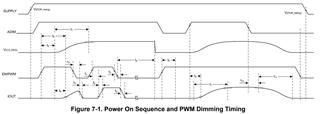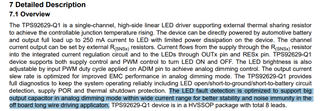Tool/software:
Hello I have a question regarding the TPS92629 Short to GND specification.
Short to GND deglith time defined at 125usec in the datasheet.
And I have concern of wrong detection at the start up.
Because if capacitive load is high and it takes more than 125usec to rise output voltage >1.24V, Wrong detection might be happened.
Does TPS92629 take preventive function of this situation ?


